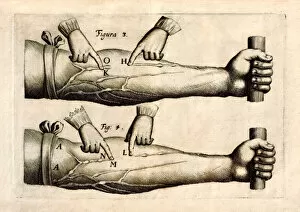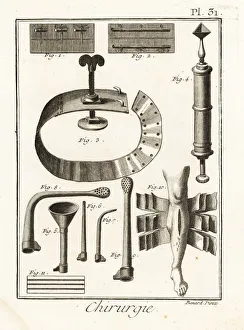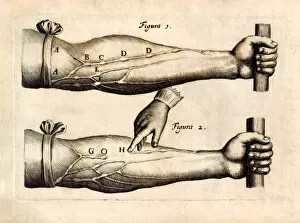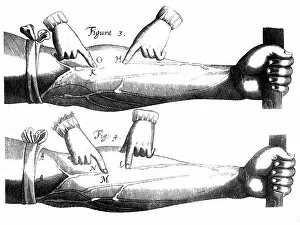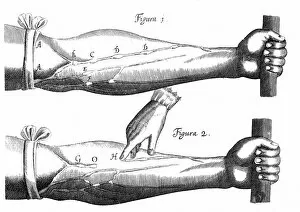Tourniquet Collection
The tourniquet, a device with a rich history and varied applications, has been both a tool of torture and a lifesaving instrument throughout the ages
All Professionally Made to Order for Quick Shipping
The tourniquet, a device with a rich history and varied applications, has been both a tool of torture and a lifesaving instrument throughout the ages. In the dark depths of Monreale Prison in Sicily, it was used to inflict unimaginable pain on political prisoners, leaving scars that would forever haunt their souls. Engravings depicting this gruesome scene serve as reminders of the brutality inflicted upon those who dared to challenge oppressive regimes. But not all uses of the it can steeped in darkness. In another engraving titled "Le Vocabulaire Illustre: Tourniquet; Turnstile; Drehkreuz, " we see its more mundane application as part of everyday life - controlling access through turnstiles and gates. This juxtaposition highlights how an object can have vastly different meanings depending on its context. In 1861, an oil painting captures a wounded bear hunter desperately applying a tourniquet to his own leg after being attacked by his prey. The image portrays courage and resourcefulness in the face of danger, showcasing how this simple device can be instrumental in saving lives even amidst chaos and adversity. Shifting gears from reality to artistry, we encounter "The Actor Kataoka Nizaemon VIII as Konjin Chogoro. " Here, the tourniquet takes center stage as part of an elaborate costume worn by an actor portraying a character from traditional Japanese theater. It serves as a visual representation of power and control within the narrative. Scientific advancements also owe much to this unassuming tool. In engravings illustrating "De Motu Cordi" or "The Motion of the Heart, " methods for arresting bleeding are depicted alongside detailed explanations about blood circulation dating back to 1628. These illustrations demonstrate how early medical practitioners utilized tourniquets alongside other instruments such as sutures, syringes, and bandages to save lives during accidents and emergencies.









